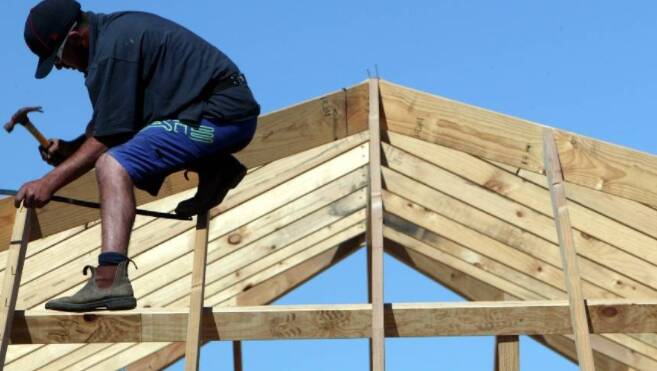
Apprenticeship commencements in the state’s construction industry almost doubled over 12 months last year, according to new data from the National Centre for Vocational Education Research. The centre released its June 2021 quarter report last week which showed there had been 1780 commencements in trades and non-trades apprenticeships in Tasmania over the previous 12 months – up 155 per cent from June 2020. Of the commencements, 1050 were male and 730 were female. READ MORE: Century-old war medals found, relatives urged to collect Commencements in the 15 to 19 year age group doubled over the period and commencements in construction trades workers went up by 160 apprentices, or 187 per cent. There was a significant rise in automotive and engineering trade apprentice commencements and apprentice commencements in the ICT sector. Apprenticeship completions were up by 57.6 per cent over the 12 months to June with 770 completions. READ MORE: Investigation into Devonport boat crash and impact of spill continues Eighty of these completions were in construction. Master Builders Tasmania executive director Matthew Pollock said new apprenticeship commencements had been the highest they had been in three decades over the past 18 months as employers had chosen to invest in the next generation of tradespeople, coupled with government support aimed at new apprentices. He said the state’s booming construction sector had placed substantially higher demand on its workforce. “Job prospects a very strong in construction,” Mr Pollock said. READ MORE: Launceston’s newest restaurant hopes to spark industry change “We expect demand over the next few years to support workforce growth of 25 per cent over the next four years. “That equates to around 6500 new jobs.” He said the state’s construction industry has seen greater interest from women to enter the workforce with participation up to 15.7 per cent – the highest rate in the country. Mr Pollock said the Tasmanian Government had committed $9 million over four years to build the state’s construction workforce with a large part of the program to support apprentices and their employers to ensure successful completion of apprenticeships.
Apprenticeship commencements in the state’s construction industry almost doubled over 12 months last year, according to new data from the National Centre for Vocational Education Research.
The centre released its June 2021 quarter report last week which showed there had been 1780 commencements in trades and non-trades apprenticeships in Tasmania over the previous 12 months – up 155 per cent from June 2020.
Of the commencements, 1050 were male and 730 were female.
Commencements in the 15 to 19 year age group doubled over the period and commencements in construction trades workers went up by 160 apprentices, or 187 per cent.
There was a significant rise in automotive and engineering trade apprentice commencements and apprentice commencements in the ICT sector.
Apprenticeship completions were up by 57.6 per cent over the 12 months to June with 770 completions.
Eighty of these completions were in construction.
Master Builders Tasmania executive director Matthew Pollock said new apprenticeship commencements had been the highest they had been in three decades over the past 18 months as employers had chosen to invest in the next generation of tradespeople, coupled with government support aimed at new apprentices.
He said the state’s booming construction sector had placed substantially higher demand on its workforce. “Job prospects a very strong in construction,” Mr Pollock said.
“We expect demand over the next few years to support workforce growth of 25 per cent over the next four years.
“That equates to around 6500 new jobs.”
He said the state’s construction industry has seen greater interest from women to enter the workforce with participation up to 15.7 per cent – the highest rate in the country.
Mr Pollock said the Tasmanian Government had committed $9 million over four years to build the state’s construction workforce with a large part of the program to support apprentices and their employers to ensure successful completion of apprenticeships.
Source









